Amazing mountains and challenging terrain can be found all around Canada. Which mountain in Canada is the tallest piques the interest of many individuals. Join us as we locate this highest mountain in Canada and learn more intriguing details.
1. What is the highest mountain in Canada?
After Denali, Mount Logan (5,959m) is the second-highest peak in North America and the tallest mountain in Canada (6,194m). It belongs to the Seven Second Summits, the second-highest peaks on each of the seven continents.
It can be found in Kluane National Park in southwest Yukon, within the Saint Elias range. With fewer than 40,000 inhabitants, Yukon is the westernmost and least populated territory in Canada.
2. What is special about Mount Logan?
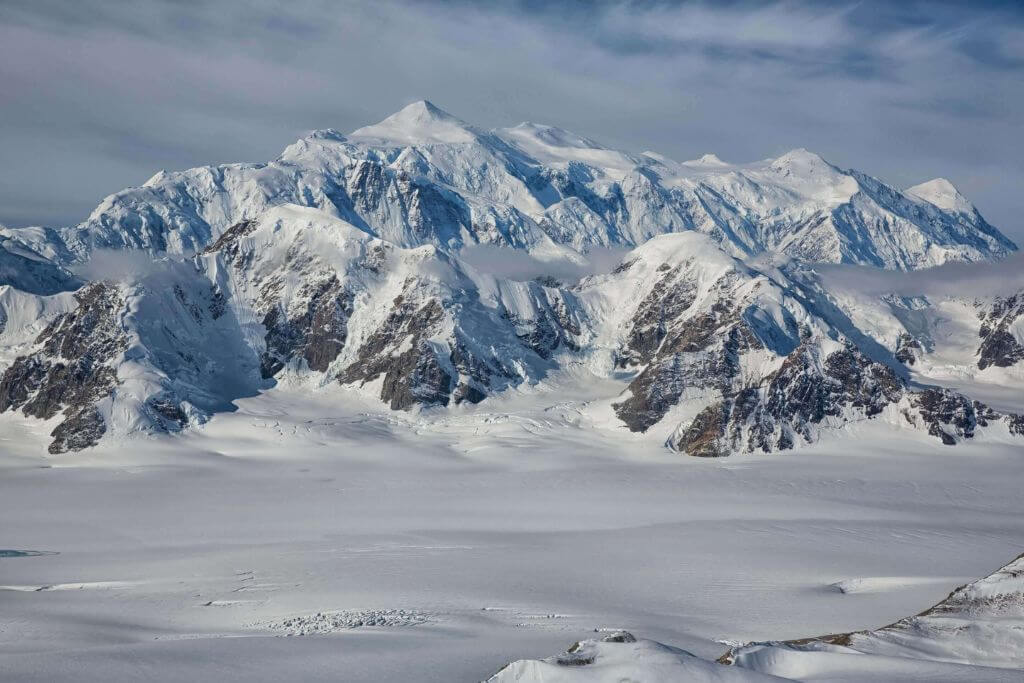
The massive mass of Mount Logan, the highest mountain in Canada, is what stands out the most. The mountain boasts the greatest non-volcanic mountain base circumference in the entire world. On its top plateau, there is enough room to fit Mount Kilimanjaro, the Eiger, and Mont Blanc.
The Geological Survey of Canada was founded by Canadian geologist William Edmond Logan, who also gave his name to the peak. Around 6,000 meters was thought to be Mount Logan’s initial height. The peak was then visited by climbers from the Geological Survey of Canada in 1992, who used GPS to determine the mountain’s exact height: 5,959m. Due to tectonic uplift, the mountain continues to expand by 0.35mm per year.
3. Could I climb the highest mountain in Canada?
As a result of recent rule changes, climbers are no longer permitted to try Mount Logan during the winter. Even solo ascents are prohibited. This is because the mountain complies with national park regulations, and there have been several very challenging solo climber rescues. It is important to remember that in Canada, taxpayers fund rescues, not the people who are saved.
4. How challenging is Logan’s climb?
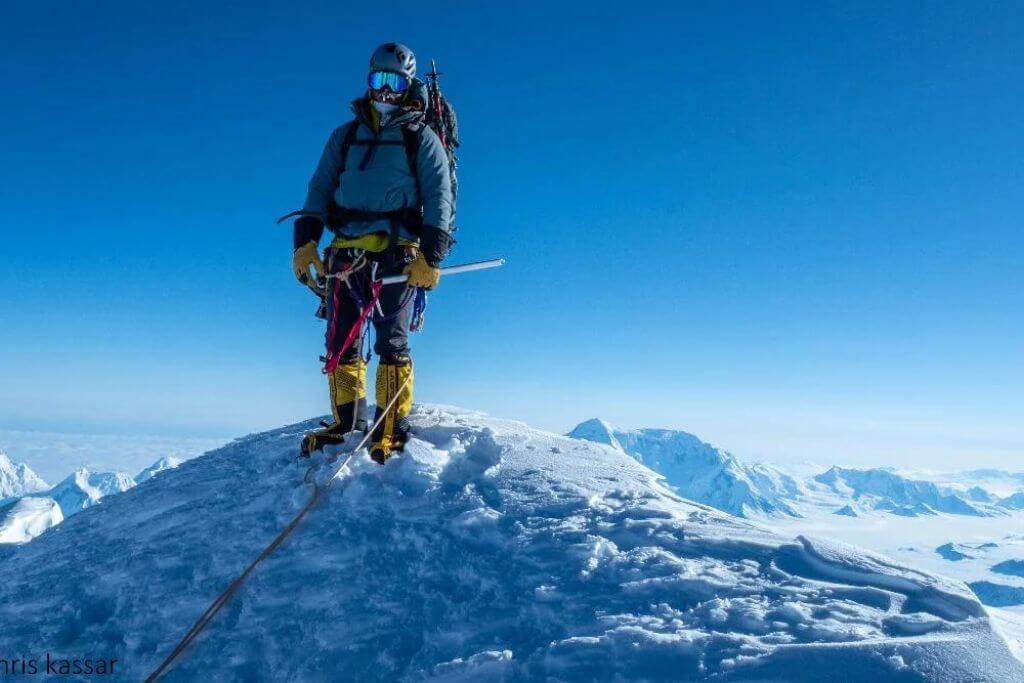
It is challenging to climb Mount Logan’s peak.
The mountain is enormous, having a prominence of about 5,250 meters (17,220 feet). You will need to climb, ski (or split board), and hike while carrying all of your own equipment on the ascent.
5. What are the primary routes for ascending Mount Logan?
The Kings Trench and the East Ridge are the two main approaches to Mount Logan’s summit.
Kings Trench Route
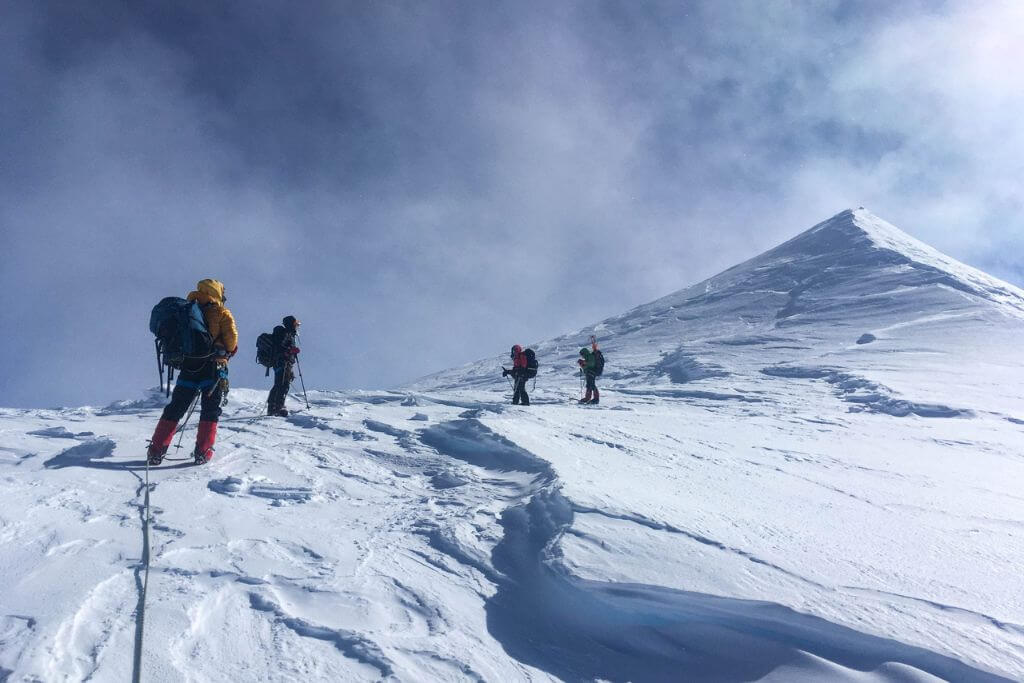
The least difficult route, known as the Kings Trench Route, includes largely skiing up the extensive glacier network on the western side of the massif. Flights onto the Quintino Sella Glacier are the first step in getting to this part of the mountain.
The first climbers known to have ascended Mount Logan in 1925 used the Kings Trench Route.
Don’t procrastinate any longer! Prepare for the experience of a lifetime and schedule your upcoming climb up Mount Logan via the Kings Trench Route right away!
East Ridge route
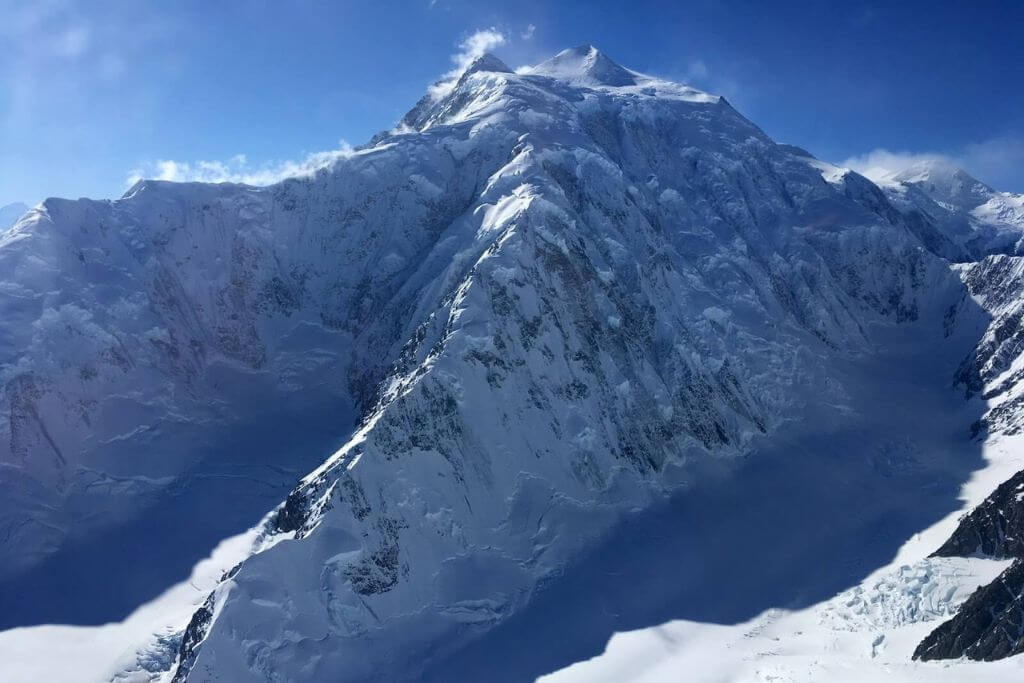
You can find the best high alpine wall climb in North America on the East Ridge route, the best alpine climbing route up to the summit.
Climbers take a ridge line that is both constrained and steep for 4,000 vertical meters. Although climbing is seldom particularly challenging, it is always entertaining and a great experience.
6. How long does the Mount Logan climb take?
Most climbs up Mount Logan will require roughly three weeks (excluding getting to and departing from Haines Junction). Due to the mountain’s enormous size, the journey from base camp to the ascent’s beginning takes a considerable amount of time.
Since a gradual acclimatization process is required to climb the mountain successfully, the actual ascent only lasts around a week.
It is always preferable to plan for a few additional days because of the unpredictable nature of the weather and the summer’s abundance of rain. This ensures you have the best chance to reach the summit on a clear day and take in the breathtaking views.
7. When is the best time to climb Mount Logan?
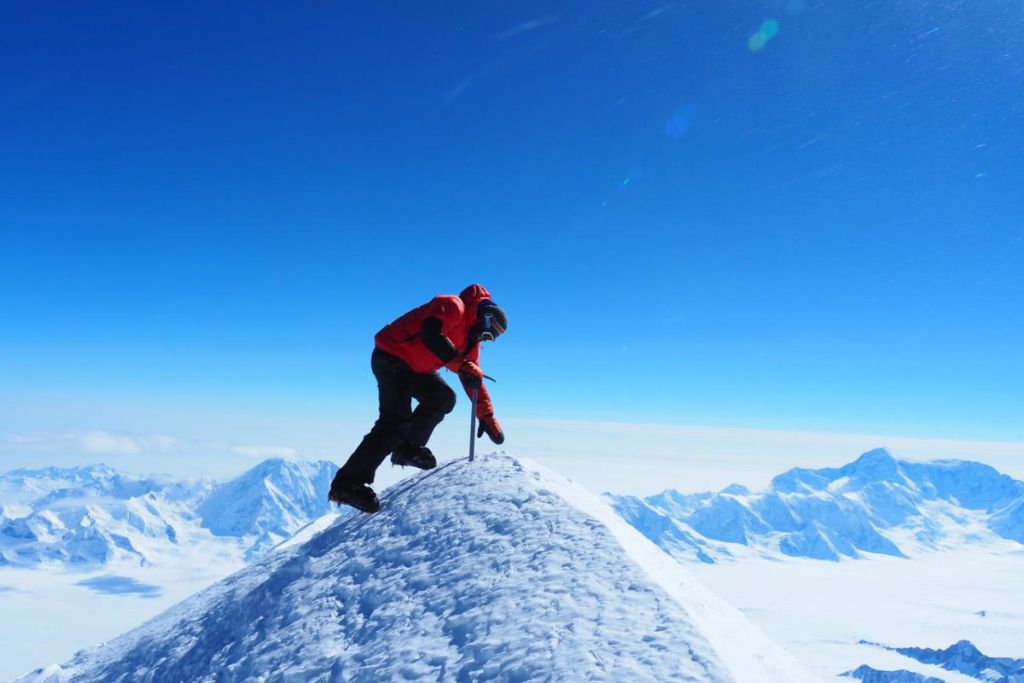
The peak climbing months are May through the end of August. At the mountain’s base, the weather is typically rather pleasant. Even on the 2,200m-high glaciers surrounding it, the temperature rarely rises over 20°C. However, the temperature quickly reduces as you ascend. The mountain’s typical wintertime temperature is -25°C, with occasional lows of -45°C.
Even in the summer, the weather on the highest mountain in Canada may be highly unpredictable. It can rapidly deteriorate from one day to the next, or even from one moment to the next, as low-pressure systems move in from the adjacent Gulf of Alaska. Climbers are at risk because of this.
8. How to get to Mount Logan, the highest mountain in Canada?
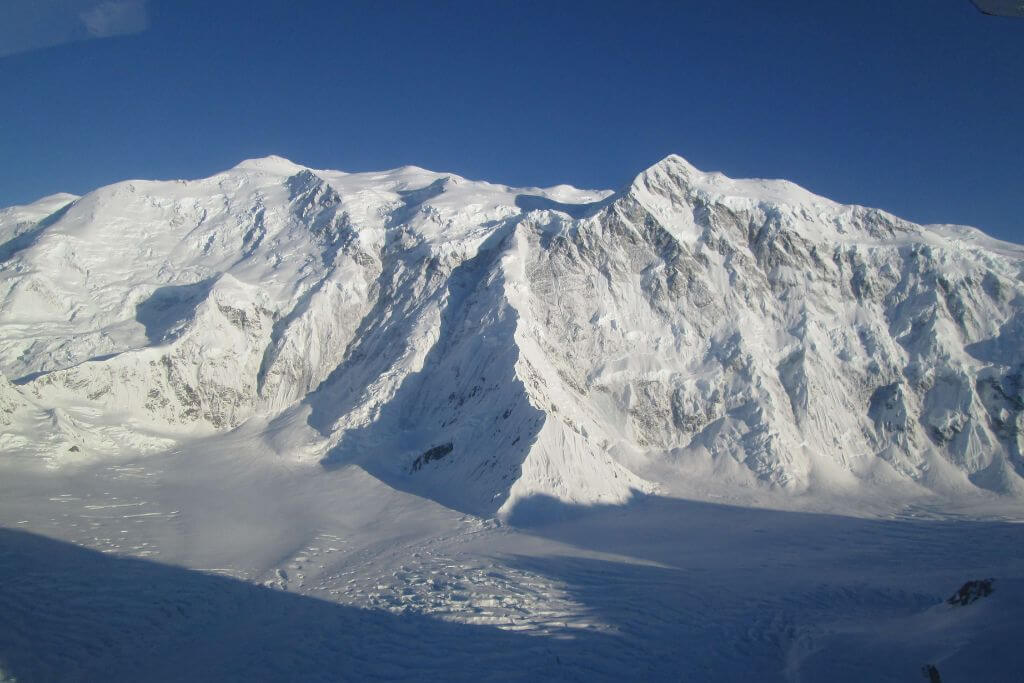
Mount Logan is a somewhat challenging mountain because of its remote location within the Kluane National Park Reserve.
A flight into Haines Junction Airport (YHT), accessible through a charter flight from the adjacent Erik Nielsen Whitehorse International Airport, is the first step in any adventure to the top (YXY).
Your guide will meet you at Haines Junction. Another flight from here will be closer to Mount Logan. Near the mountain, there are no roads at all.
9. How much does climbing Mount Logan cost?
Jeff charges CAD$7,700 for each person for his 20-day climb to the top of Mount Logan.
The cost of the trip includes his charge for guiding, all entrance fees and permits, transportation from Haines Junction to Mount Logan base camp, all meals while on the trip, and all climbing and camping gear.
Other guides typically provide comparable packages at comparable costs.
10. Top 10 highest mountains in Canada
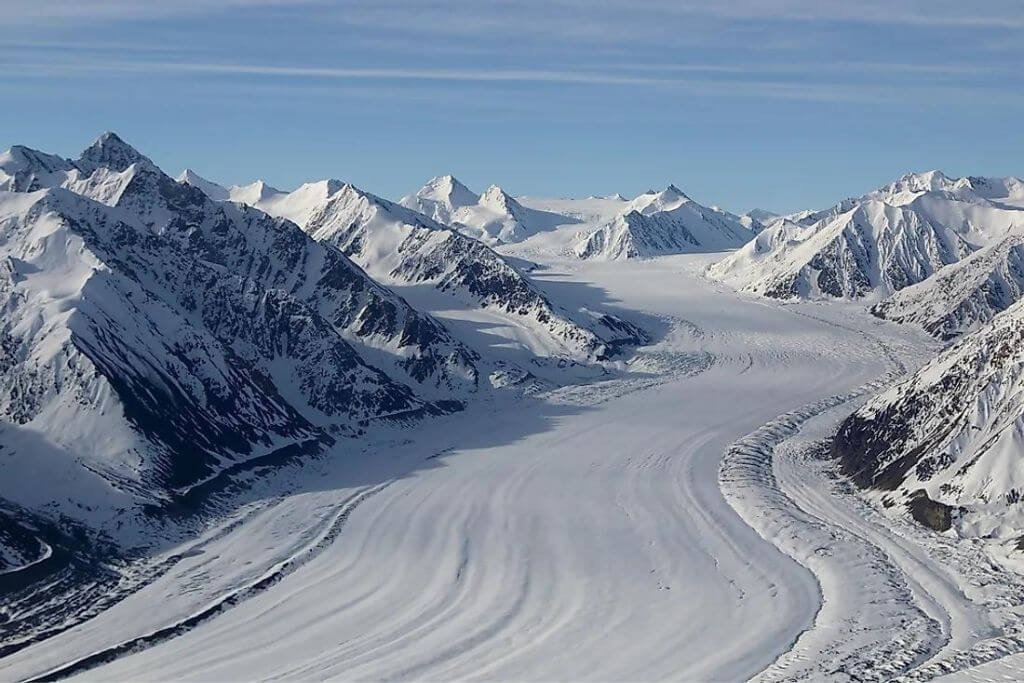
Wikipedia.org provided the following list of Canada’s tallest mountains:
- Mount Logan – 5956 m | 19,541 ft
- Mountain Saint Elias – 5489 m | 18,009 ft
- Mount Lucania – 5260 m | 17,257 ft
- King Peak – 5173 m | 16,972 ft
- Mount Steele – 5020 m | 16,470 ft
- Mountain Wood – 4860 m | 15,945 ft
- Mount Vancouver – 4812 m | 15,787 ft
- Mount Slaggard – 4742 m | 15,558 ft
- Fairweather Mountain – 4671 m | 15,325 ft
- Mount Hubbard – 4557 m | 14,951 ft
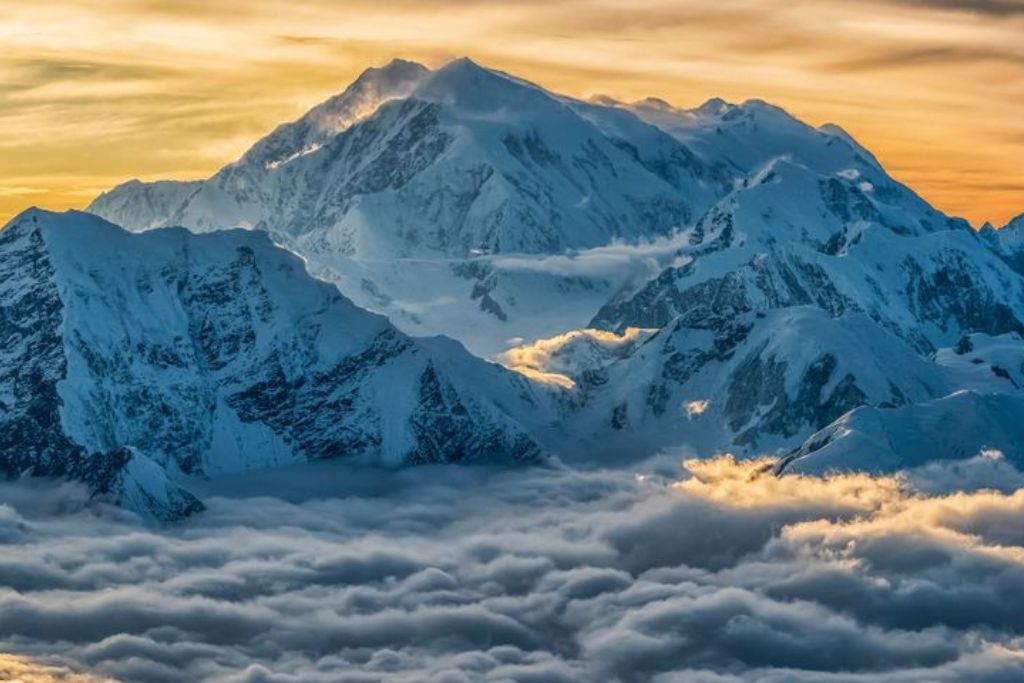
I’m so in love with this. You did a great job!!
Your articles are extremely helpful to me. Please provide more information!
Excellent read, I just passed this onto a friend who was doing a little research on that. And he actually bought me lunch since I found it for him smile So let me rephrase that: Thanks for lunch!
Howdy just wanted to give you a brief heads up and let you know a few of the images aren’t loading properly. I’m not sure why but I think its a linking issue. I’ve tried it in two different browsers and both show the same outcome.